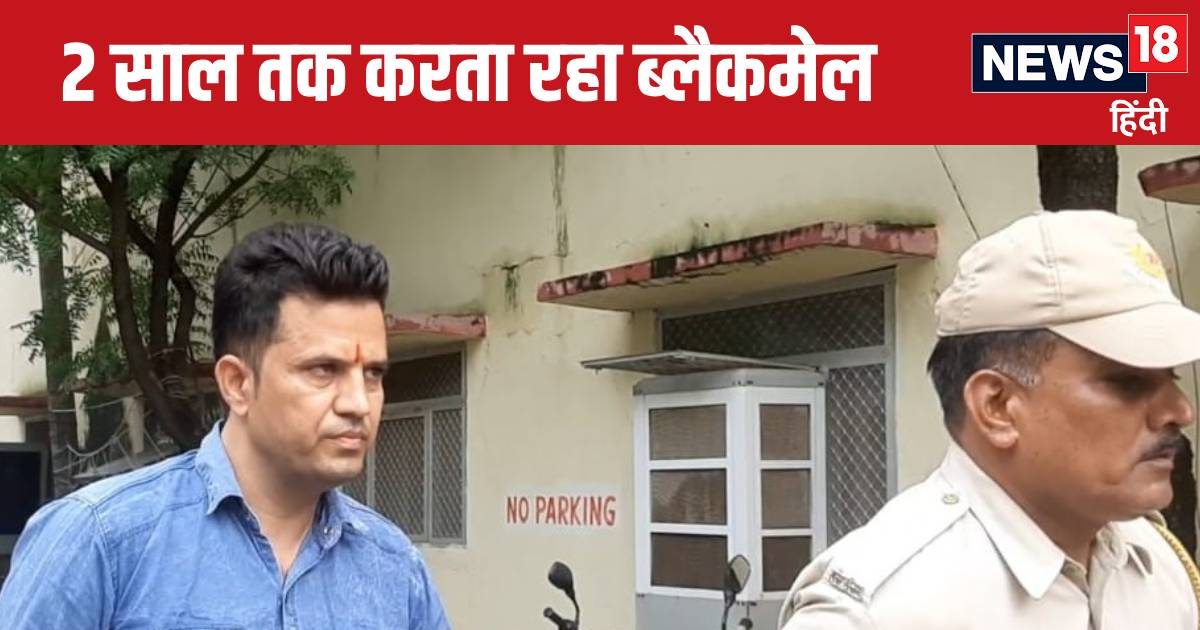NEW DELHI: The Union government is ramping up efforts to combat stroke-related health challenges by expanding the network of stroke care units across the country, Union Health Secretary Punya Salila Srivastava announced at the National Stroke Summit 2025 organized by FICCI on Wednesday.
“With nearly 500 stroke units already operational, we are committed to increasing accessibility and improving patient outcomes by the next financial year,” Srivastava said, emphasizing the Centre’s dedication to providing specialized care.
Stroke prevention as a national priority
Srivastava highlighted stroke prevention as a critical focus within India’s dual battle against communicable and non-communicable diseases (NCDs). While communicable diseases have seen progress in control measures, NCDs account for 66% of deaths in India and 74% of global mortality.
“Stroke, often linked to conditions like diabetes and hypertension, is largely preventable,” she said.
Hub-and-spoke model for stroke care
The government has adopted a comprehensive hub-and-spoke model to optimize resources and ensure equitable access to advanced stroke treatments and rehabilitation services. The Indian Council of Medical Research (ICMR) is leading efforts to establish stroke care pathways, specialized units, and mobile stroke units to strengthen the framework further.
Role of Ayushman Bharat
Under the Ayushman Bharat scheme, financial protection for stroke care is integrated with health promotion initiatives. Ayushman Arogya Mandirs focus on early identification and management of risk factors such as hypertension, diabetes, and unhealthy lifestyles, Srivastava noted.
Latest research on stroke care
A study published in the International Journal of Stroke revealed that ischemic stroke, caused by blood clots blocking brain blood supply, accounts for 70-80% of all strokes in India. The study found that 566 stroke centers across 26 states and union territories provide advanced treatments such as intravenous thrombolysis. Of these, over 60% are also equipped with superior endovascular therapy.
The government’s focus on prevention, early intervention, and expanded infrastructure signals a robust strategy to address the growing burden of strokes in India.




